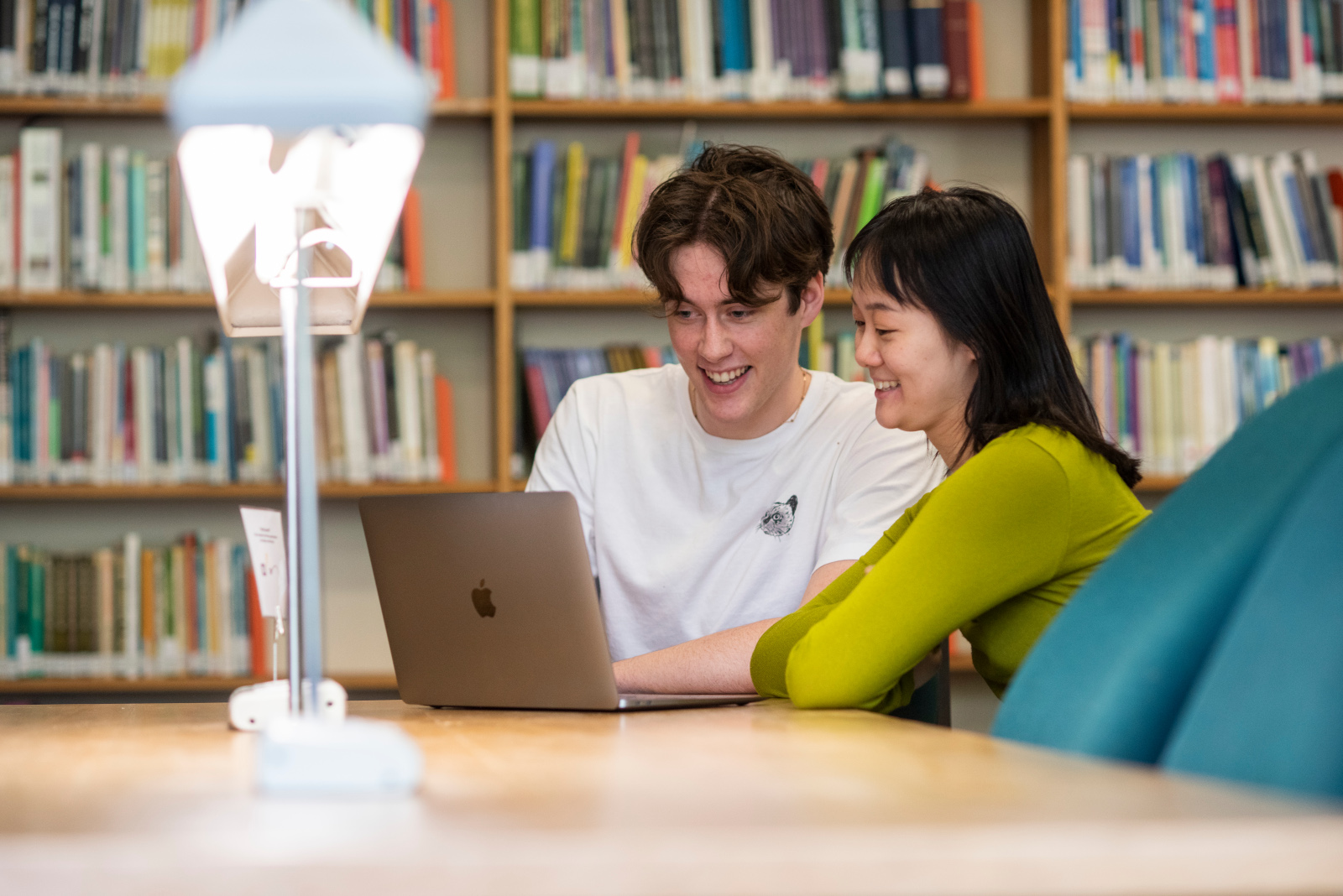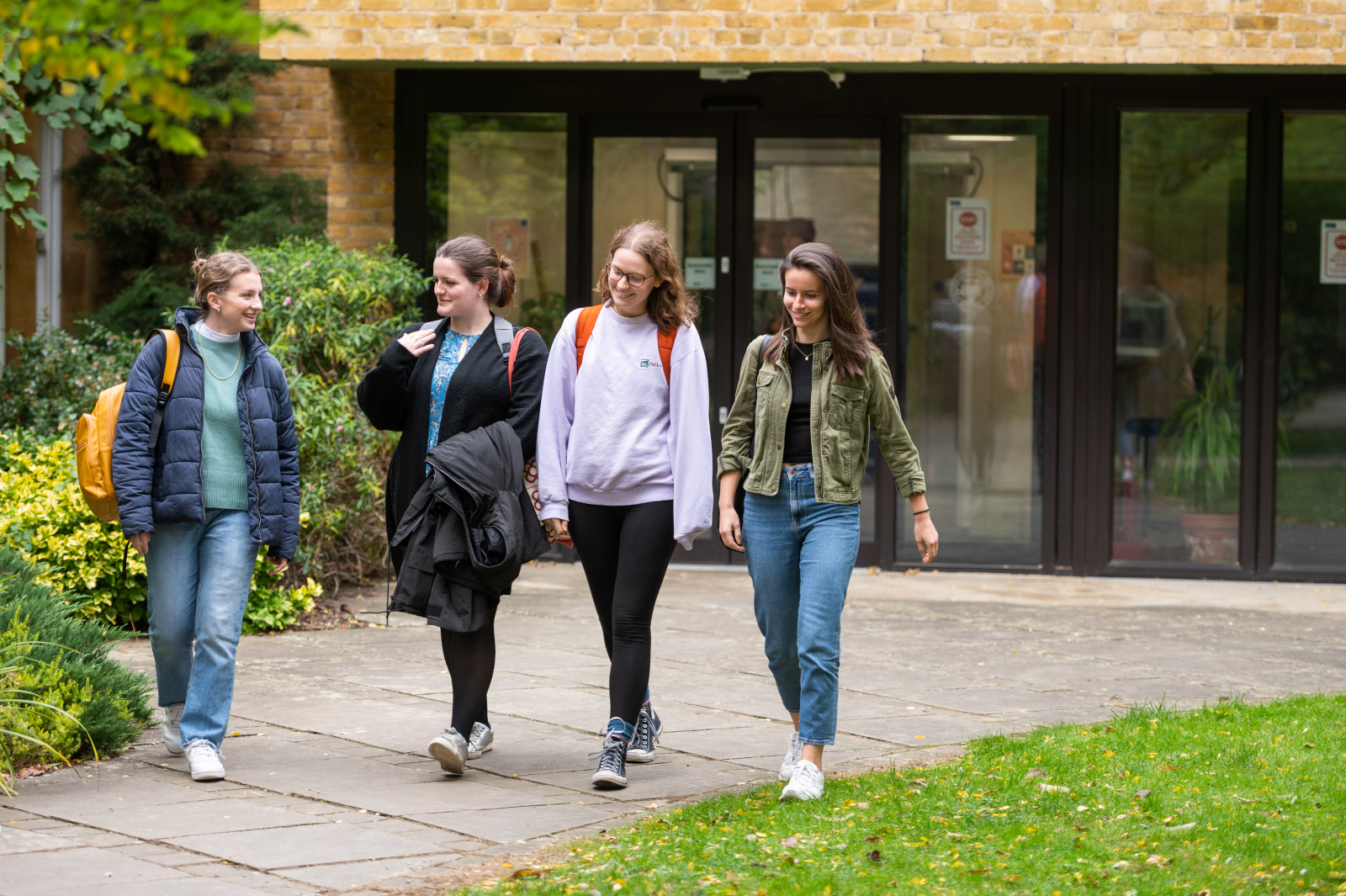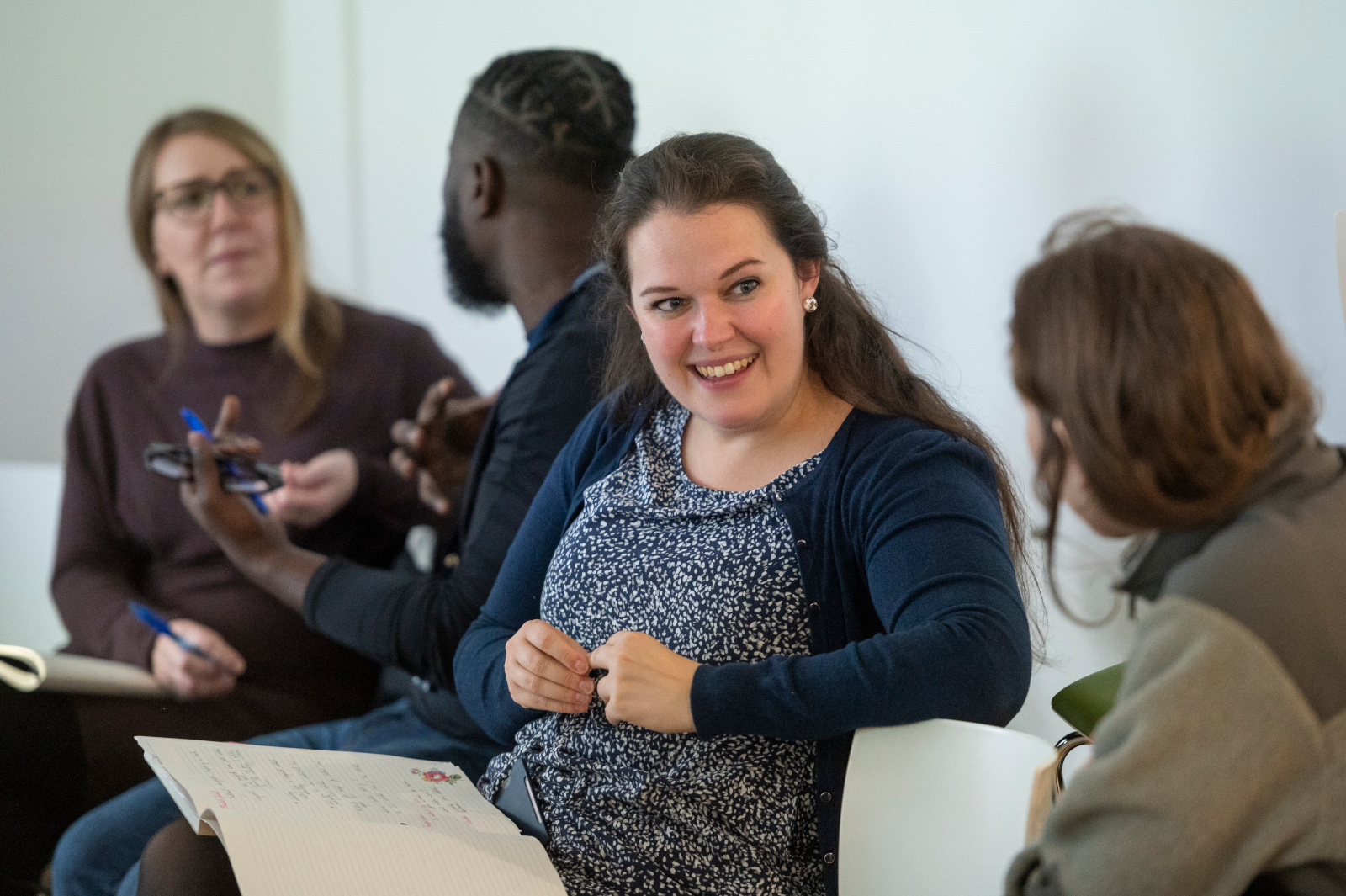L2 development and use of English grammatical morphemes: Insights from learner corpora
Export to calendarBio
Join the event on the day, via Teams link
In this talk, Dr Murakami will illustrate the utility of multifactorial learner corpus research with two of their studies on the accuracy of L2 English grammatical morphemes. Drawing data from the Cambridge Learner Corpus, Murakami and Alexopoulou (2016) examined how the accuracy varies depending on a number of factors such as learners’ native language (L1), proficiency, and the specific morpheme. The study demonstrated that the acquisition order of L2 English grammatical morphemes varies across the learners’ L1 backgrounds and that L1 influence is morpheme-specific, in that some morphemes are more strongly affected by L1 than others.
While Murakami and Alexopoulou (2016) focused on accuracy differences between morphemes, it is well-known that the accuracy of morpheme use systematically varies within each morpheme as well. Murakami and Ellis (2022) investigated such within-morpheme accuracy differences. Specifically, they analysed whether morpheme accuracy in L2 writing depends on (i) availability (i.e., surface-form accuracy; e.g., asked vs requested), (ii) contingency between a surface-form and the lemma (e.g., decided vs liked), and (iii) formulaicity of the context in which the surface form occurs (e.g., since I graduated from college vs wanted a lot of). Contrary to the previous study that identified positive associations between the three distributional factors and morpheme accuracy (Guo & Ellis, 2021), our study found that only contingency is meaningfully associated with accuracy. The difference in the findings is likely to be due to the difference between the elicited imitation task used in Guo and Ellis (2021), which required the online processing of pre-determined stimuli, and free writing tasks in Murakami and Ellis (2022), in which learners decided the linguistic forms they would need.
References
- Guo, R. & Ellis, N. C. (2021). Language usage and second language morphosyntax: Effects of availability, reliability, and formulaicity. Frontiers in Psychology, 12. 582259.
- Murakami, A., & Alexopoulou, T. (2016). L1 influence on the acquisition order of English grammatical morphemes: A learner corpus study. Studies in Second Language Acquisition, 38(3), 365–401.
- Murakami, A., & Ellis, N. C. (2022). Effects of availability, contingency, and formulaicity on the accuracy of English grammatical morphemes in second language writing. Language Learning.
About the Speaker
Akira Murakami a Birmingham Fellow at the Department of English Language and Linguistics, University of Birmingham, as well as a Visiting Scientist at the Natural Language Understanding Team at the Center for Advanced Intelligence Project, RIKEN. His primary research interests include second language acquisition, corpus linguistics, and quantitative data analysis for applied linguistics research. Prior to joining Birmingham in 2018, he was a post-doctoral researcher at the Universities of Birmingham, Cambridge, and Tübingen.





